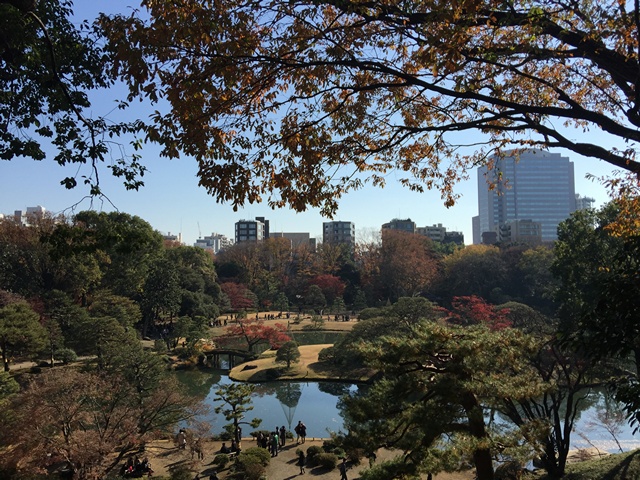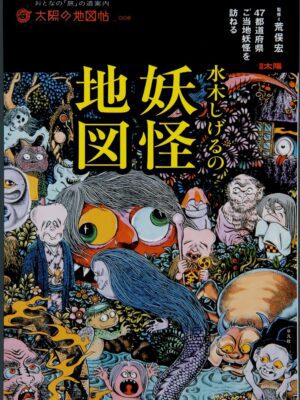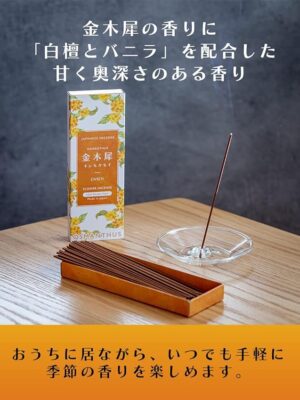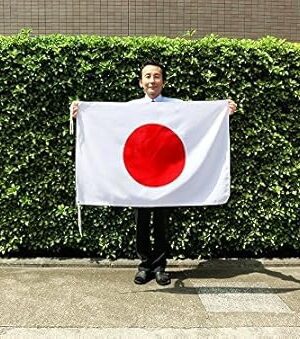Rikugien gardens is a bit off the beaten path, but with its large pond, circuit path through maple and bamboo woods, stone bridge, and man-made mountain just for viewing mt. Fuji, Rikugien gardens is definitely worth the extra effort.
Share this Post
Information
-
Address:
6-16-3 Hon-komagome, Bunkyo-ku
-
Contact:
03-3941-2222
-
Open hours:
9am – 5pm (entry until 4:30pm)
-
Closed:
Dec. 29 – Jan. 1
-
Entrance fee:
General ¥300, 65 and older ¥150 < /br> (No charge for children aged 12 or under, and junior high school students living or attendng school in Tokyo) < /br> Annual pass ¥1200 (65 or older ¥600)
Flower Calendar
- Jan. : Wintersweet
- Jan. – Mar. : Camellia
- Feb. – Japanese apricot
- Feb. – Mar. : Japanese cornel
- Mar. : Kobushi magnolia, Weeping cherry
- Apr. : Someiyoshino, Yama-zakura cherry, Japanese kerria, Rhododendron dilatatum, White perulatus
- May – Jun. : Satsuki azalea, Hydrangea serrata
- Jun. : Quadricolor hydrangea, Southern magnolia
- Jul. – Aug. : Hydrangea involucrata, Crape myrtle
- Aug. Sep. : Japanese bush clover
- Sep. : Red spider lily
- Oct. – Nov. : Sasanqua, Japanese beautyberry (fruit), Flacouriaceae (red leaves)
- Nov. – Japanese wax tree (red leaves)
- Nov. – Jan. : Maple (red leaves)
- Nov. – Feb. : Yukitsuri and Fuyugakoi (Winter plant protections)
Table of Contents
Background and History of Rikugien Gardens
Rikugien is a kaiyu-style (circuit style) daimyo garden with manmade hills and a pond that was made to reflect the atmosphere of Waka poetry. It was constructed in 1702 by the lord of Kawagoe domain, Yanagisawa Yoshiyasu, who was deeply trusted by the 5th shogun, Tokugawa Tsunayoshi. This is a typical daimyo garden representative of the Edo period, and became the second residence of the founder of Mitsubishi, Iwasaki Yataro, in the Meiji era. Later, it was donated by the Iwasaki family to the City of Tokyo in 1938. This delicate and genial garden shows you a wide range of beautiful views while strolling along its paths.Features and Sights to See at Rikugien Gardens
Weeping cherry
If you walk through the Naitei-Daimon Gate to enter the middle garden, you’ll see a Weeping cherry tree planted there that blooms with soft pink boughs in late March. Their silhouettes are reminiscent of a flowing waterfall, according to some tourist pamphlets, and is a beautiful sight.Fujishiro-toge Path
This is the highest manmade hill in the garden of 35 m. At the top is a “Fujimi-yama’ (Fuji-viewing peak) from where you can enjoy a fantastic panoramic view of the surrounding area, and if the smog is especially low that day, mount Fuji itself! The name was taken from a mountain path of the same name in Kishu (present day Wakayama prefecture).Togetsu-kyo
A stone bridge that was named after a famous poem. “Shadow of the moon moving at night, and cry of a crane in mash of reed in the shore of Waka, makes me feel so lonely”. Two massive slabs of stone give a distinctive effect to the surrounding atmosphere of the garden, say some people in charge of providing tourist information.|
|















![[商品価格に関しましては、リンクが作成された時点と現時点で情報が変更されている場合がございます。] [商品価格に関しましては、リンクが作成された時点と現時点で情報が変更されている場合がございます。]](https://hbb.afl.rakuten.co.jp/hgb/1d8cef5a.9ffa490c.1d8cef5b.2b852f0c/?me_id=1300923&item_id=10000852&pc=https%3A%2F%2Fthumbnail.image.rakuten.co.jp%2F%400_mall%2Fobako%2Fcabinet%2F03617864%2Fimgrc0114977369.jpg%3F_ex%3D128x128&s=128x128&t=picttext)








